Have you ever caught your dog glaring suspiciously at a stranger approaching you, or maybe barking ferociously when someone touches their favorite toy? It’s a scene many dog owners know all too well—your furry companion suddenly transforms into a four-legged bodyguard or, perhaps, a pint-sized tyrant over their squeaky ball. But how can you tell if your beloved pup is being protective of you or just downright possessive? Let’s take a playful and informative journey into the world of canine feelings and discover what’s really going on behind those soulful eyes and wagging tails.
The Protective Pooch: What Does It Mean?
A protective dog is like your loyal knight in furry armor. These dogs have a natural instinct to keep their family safe. You might notice your pup standing between you and a stranger, or calmly watching new visitors with careful eyes. Protective behavior often shows up when your pet senses a real threat. For instance, if someone approaches you in a dark alley, your dog might step up, ready to defend. Protective dogs are usually calm and confident unless they feel their loved ones are truly in danger. This behavior is rooted in their loyalty and bond with you, not in fear or jealousy. It’s like having a silent but watchful superhero at your side wherever you go.
Possessiveness: When Love Gets a Little Clingy
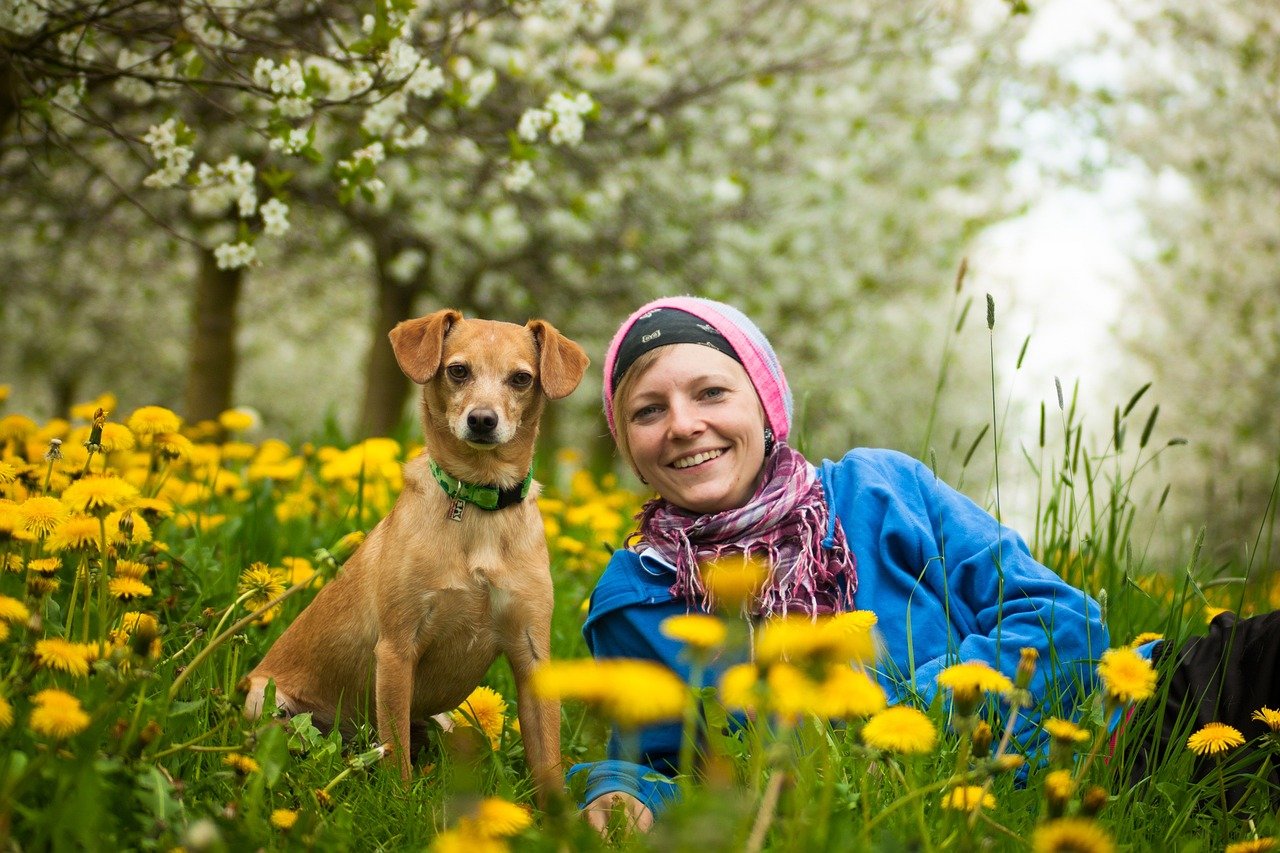
Possessiveness in dogs is a bit like a toddler who shouts “Mine!” whenever anyone comes near their favorite toy. This behavior is driven by a dog’s desire to keep something (or someone) all to themselves. If your dog growls when you try to move them off the couch or snaps at others who come near their food bowl, you’re probably dealing with possessiveness. It’s their way of saying, “Back off, this is mine!” Possessive dogs may get jealous if you show affection to another pet or person. Unlike protective behavior, which is about guarding you from danger, possessiveness is about keeping their stuff or their person to themselves, even when there’s no threat at all.
Spotting the Differences: Signs to Watch For

Sometimes, it’s not easy to tell if your dog is protecting you or just being a little too clingy. Protective dogs usually act when there’s a real or potential threat, while possessive dogs react even in harmless situations. For example, a protective dog might only bark when a stranger approaches your house, but a possessive dog might get upset if another pet tries to snuggle with you on the couch. Watch for body language—protective dogs seem calm and focused, while possessive ones look tense or anxious. Protective behavior is often short-lived, ending when the perceived threat is gone. Possessiveness, on the other hand, can show up again and again, even in everyday situations.
Common Triggers for Protective Behavior
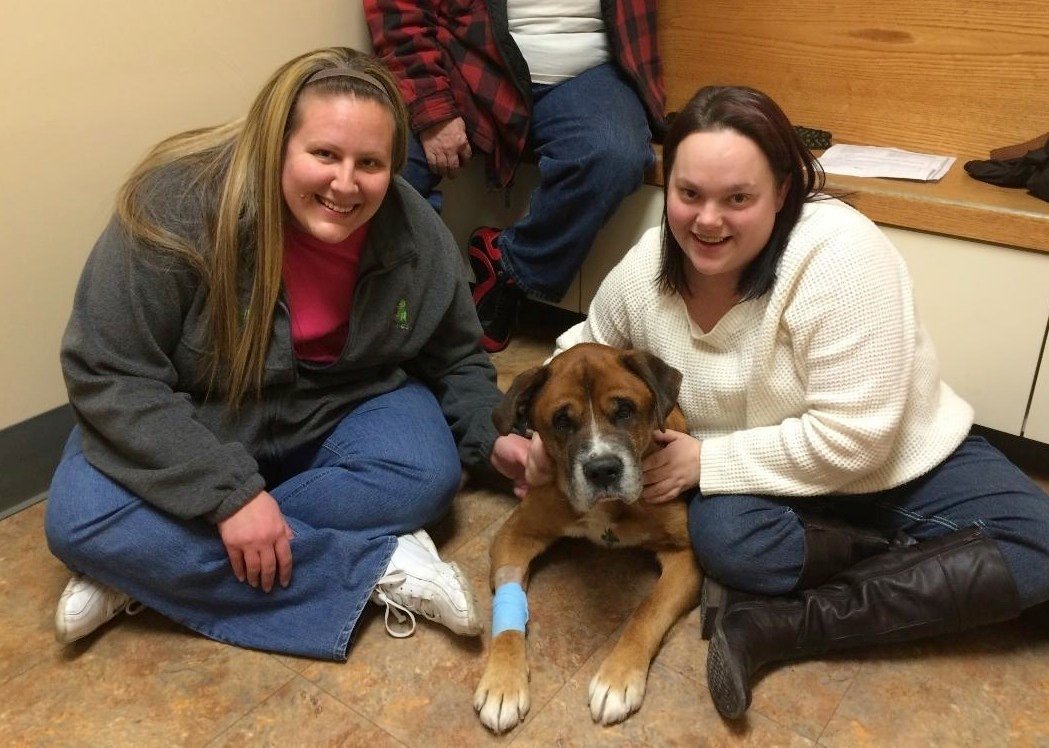
Protective instincts can be triggered by a variety of situations. Your dog might bark at the mail carrier, stand guard when you’re walking at night, or even nudge between you and a stranger. This behavior often ramps up when your pup senses you’re nervous or if something unusual is happening in their environment. Dogs are very attuned to human emotions, so your anxiety can make them more alert or defensive. Protective responses are also more common in certain breeds, like German Shepherds or Rottweilers, who were bred to guard and protect. It’s important to recognize these triggers so you can manage your dog’s environment and help them feel secure.
Why Dogs Become Possessive
Possessiveness can develop for lots of reasons. Sometimes, it’s because a dog didn’t learn to share as a puppy. Other times, they might have had to compete for food, toys, or attention in their early life. Dogs can also become possessive if they feel insecure or if their owners unknowingly reward the behavior. For example, if your dog growls over a toy and you back away, they learn that growling works! Certain breeds are also more prone to resource guarding, making it extra important to teach good manners early on. Understanding why your dog is possessive helps you address the root of the problem, not just the symptoms.
How to Encourage Healthy Protection

Encouraging your dog’s natural protective instincts can be a good thing, as long as it doesn’t get out of hand. Start by socializing your dog early, so they learn what normal situations look like and don’t see danger around every corner. Teach your pup basic obedience commands, like “sit,” “stay,” and “leave it,” so you can control their behavior when needed. Reward calm, confident behavior with treats and praise. If your dog gets too worked up, gently redirect their attention. Remember, a well-trained protective dog will only step in when it’s really necessary, not every time the doorbell rings.
Reducing Possessive Tendencies
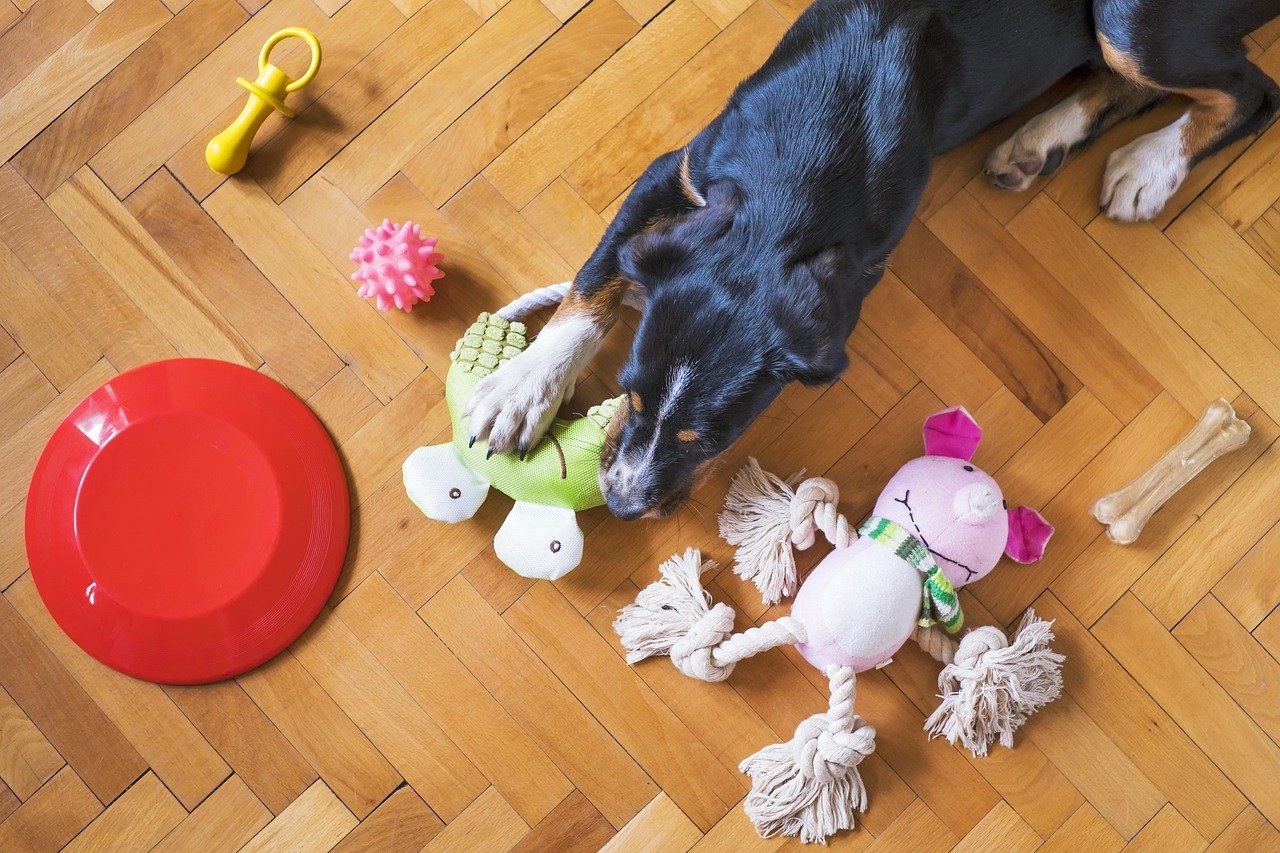
If your dog is possessive, there are steps you can take to help them relax. Practice trading games, where you swap one toy for another, to show your dog that sharing is fun. Use positive reinforcement to reward your dog for letting go of objects or allowing others near their favorite spots. Avoid punishing possessive behavior, as this can make dogs more anxious and clingy. Instead, calmly remove the item or distract your dog with a treat. Consistency is key—everyone in the family should follow the same rules. If possessiveness becomes a big problem, consider working with a professional trainer.
When to Seek Professional Help

Sometimes, possessive or protective behaviors can become too intense for you to handle on your own. If your dog growls, snaps, or bites, it’s time to call in the experts. Professional trainers and behaviorists can help you figure out what’s driving your dog’s actions and create a plan to keep everyone safe. There’s no shame in asking for help—dogs are complex creatures, and even the best owners need support sometimes. Seeking guidance early can prevent small problems from turning into big ones. Remember, every dog is different, and what works for one may not work for another.
Building a Trusting Relationship
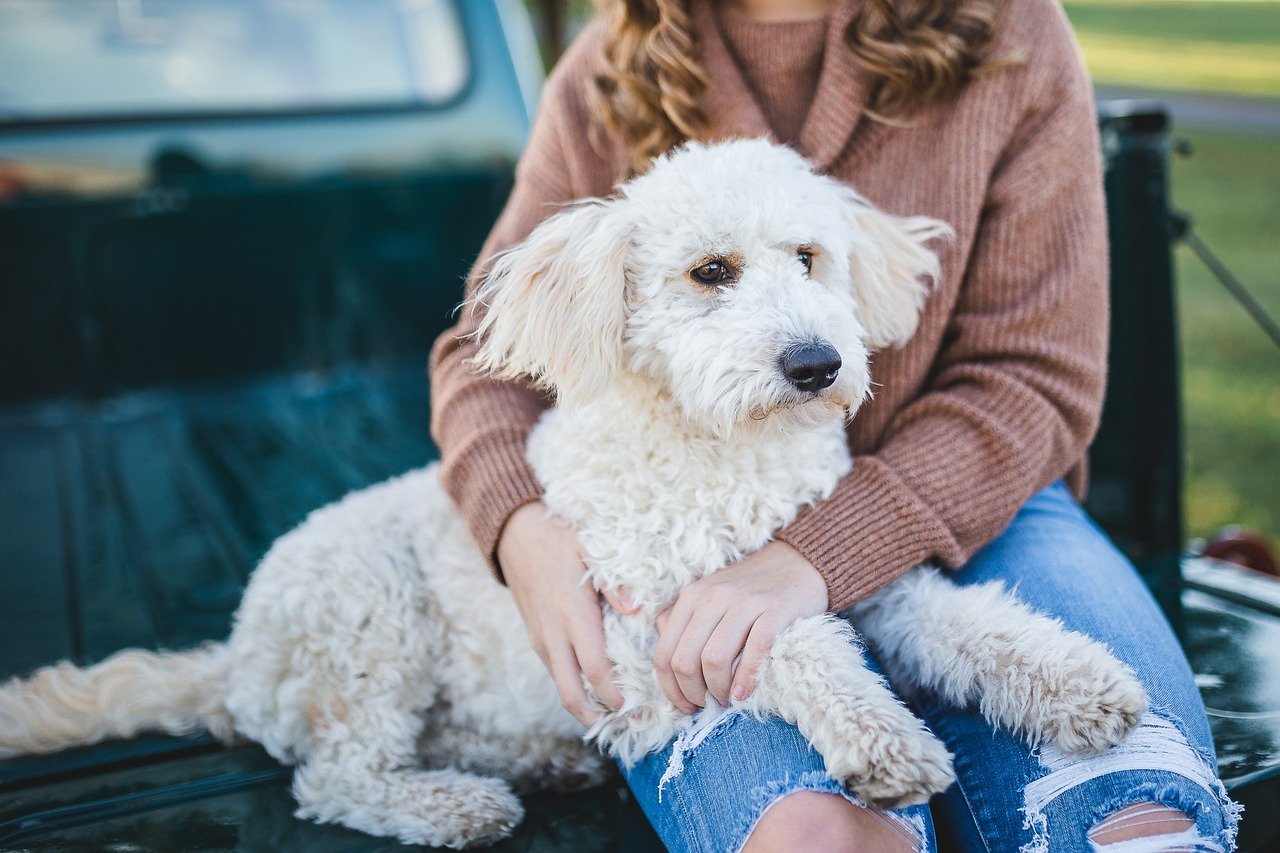
At the heart of both protective and possessive behavior is the bond you share with your dog. Building trust through play, training, and affection helps your dog feel secure. Dogs who know they’re loved and safe are less likely to become overly possessive or react out of fear. Spend time together doing things your dog enjoys, from long walks to cuddles on the sofa. Communication matters—dogs thrive on clear rules and routines. The stronger your relationship, the easier it is to guide your dog’s behavior in a positive direction.
Enjoying Your Dog’s Unique Personality
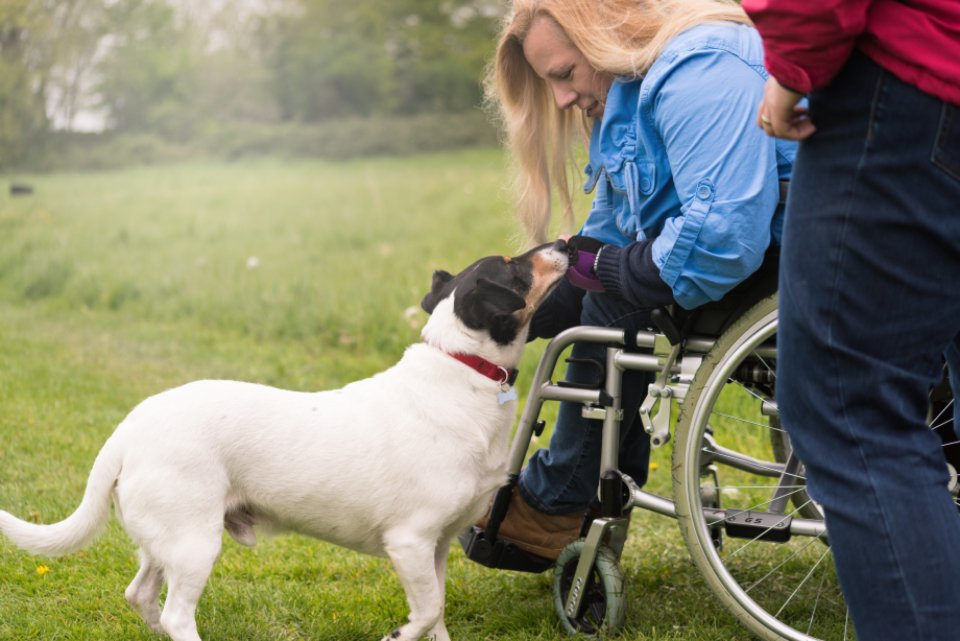
Every dog has their own quirks, and that’s what makes each one so special. Some dogs are natural protectors, while others just want to keep their favorite ball by their side at all times. Embrace your dog’s personality and enjoy the moments—whether they’re guarding your slippers or racing to greet you at the door. A little bit of protectiveness or possessiveness is normal, as long as it doesn’t disrupt your life. Celebrate your dog’s loyalty and love, and remember that with a little patience and understanding, you can help them be the best companion possible.

Linnea is a born and bred Swede but spends as much time as possible in Cape Town, South Africa. This is mainly due to Cape Town’s extraordinary scenery, wildlife, and atmosphere (in other words, because Cape Town is heaven on earth.) That being said, Sweden’s majestic forests forever hold a special place in her heart. Linnea spends as much time as she can close to the ocean collecting sea shells or in the park admiring puppies.






